- Nvidia released a sample that explains how to render Micro-Mesh using both the Vulkan extension and classical compute shaders
- presents how to read the necessary data all the way to render it
- shows how to rasterize and ray trace the data
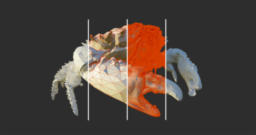
- the blog post describes the first public release of the Open Physically-Based Rendering model
- the model is built upon MaterialX by Adobe and Autodesk
- the early release that is looking for feedback from the community before the final release in 2024
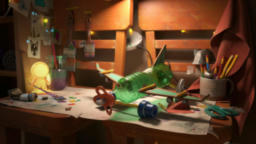
- the article presents the story of the development of a cloud shader that uses raymarching to render a cloud space
- starts with raytracing, and the reformation of tracing density as the starting point
- from there, expand the example step by step to implement more advanced capabilities
- all intermediate stages are presented as interactive examples
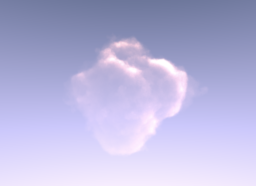
- the article discusses the implementation details of an efficient method to compute roots of Polynomial functions with high degrees
- presents an overview of the underlying method (Bracketed Newton bisection) and the implementation issues related to performance and precisions
- shows how to use Nvidia’s Nsight to identify the performance issues and how to resolve the register spilling problem to improve performance significantly
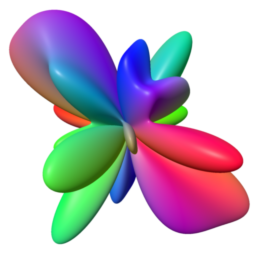
- the blog post discusses the changes in the latest significant PIX release
- improved application performance, vastly improved raytracing debugging capabilities, and much more
- also lists breaking changes introduced in the accompanying WinPixEventRuntime

- the video shows the visual fidelity of the PC version of Alan Wake 2
- presents how the different levels of raytracing affect the visual results
- contains many insights into what limitations can be resolved with raytracing and what can still be improved
- additionally presents a brief look at the DSSL upsampling logic being used
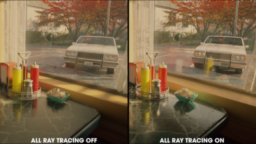
- the video discusses the nature of hair and the aspects that make it a complex topic to reproduce
- presents how hair can be represented as shells and builds up the technique step by step
- additionally presents what issues the technique has and workarounds to reduce the visual impact of the limitations
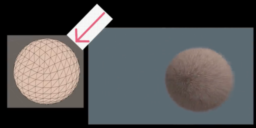
- the video provides a beginner-level view of how a camera orientation can be represented and transform vertices from the 3D world onto the screen
- explains the concept in OpenGL terms and shows the necessary library calls to create the matrix
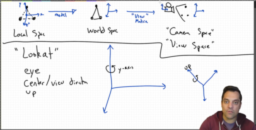
Thanks to atyuwen for support of this series.
Would you like to see your name here too? Become a Patreon of this series.